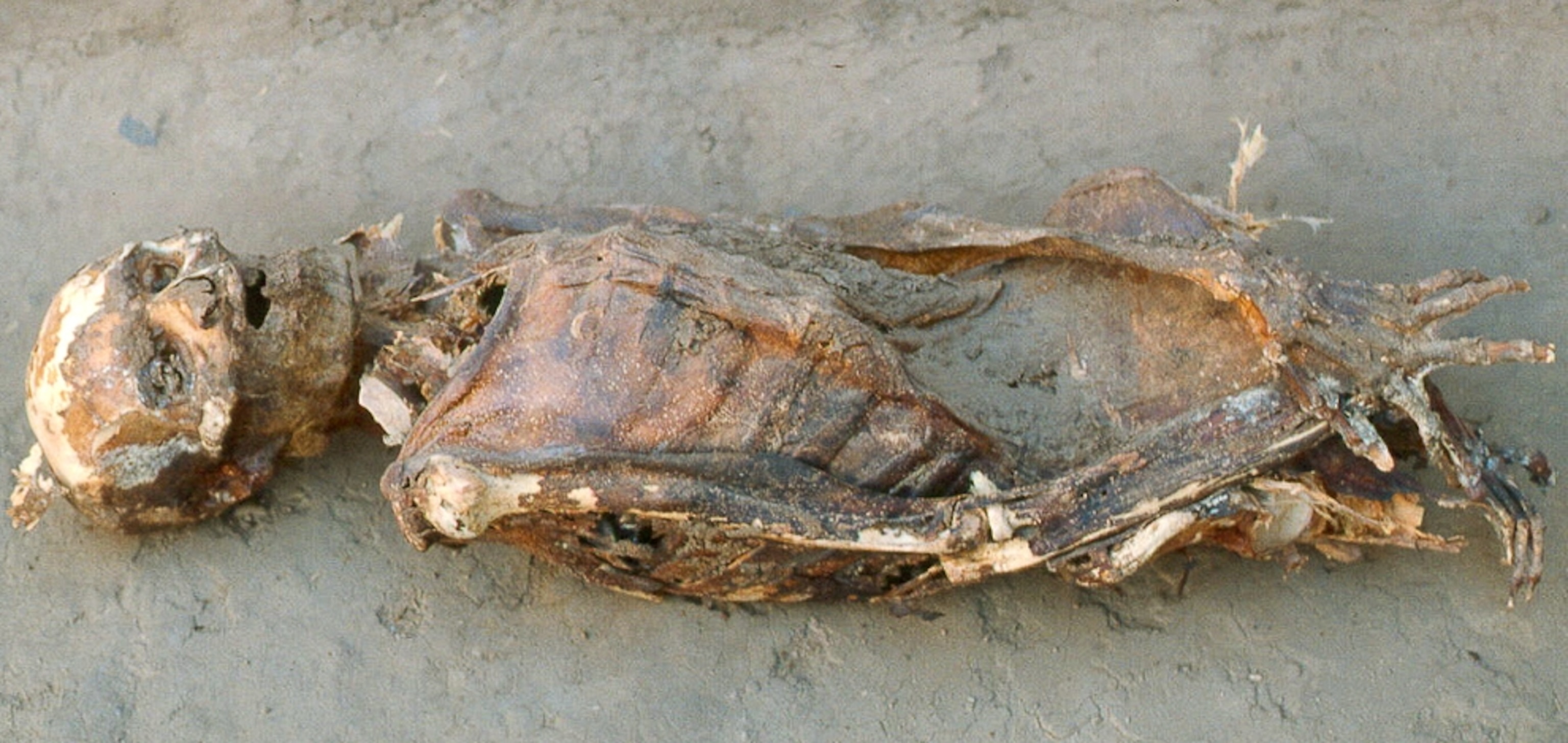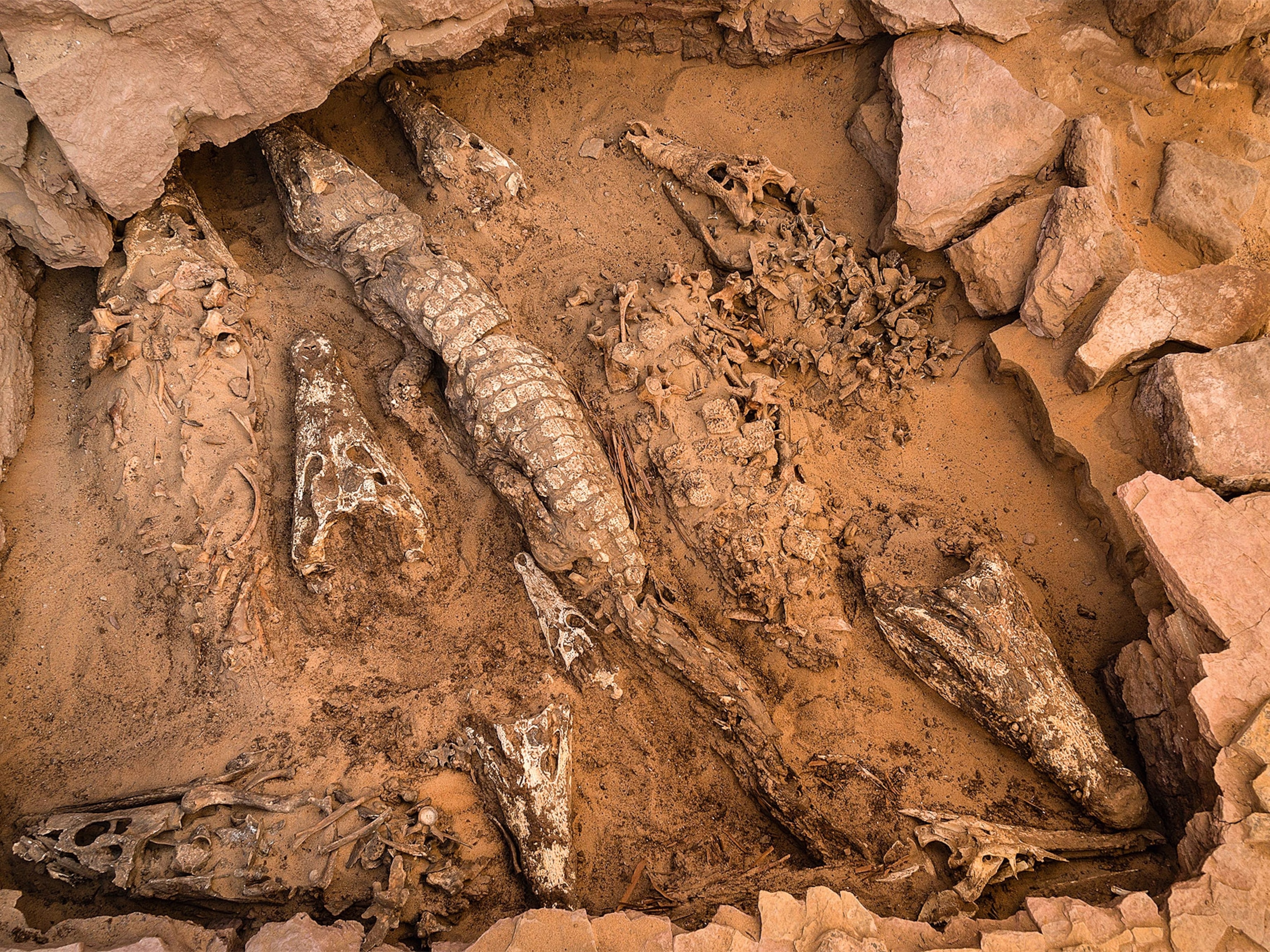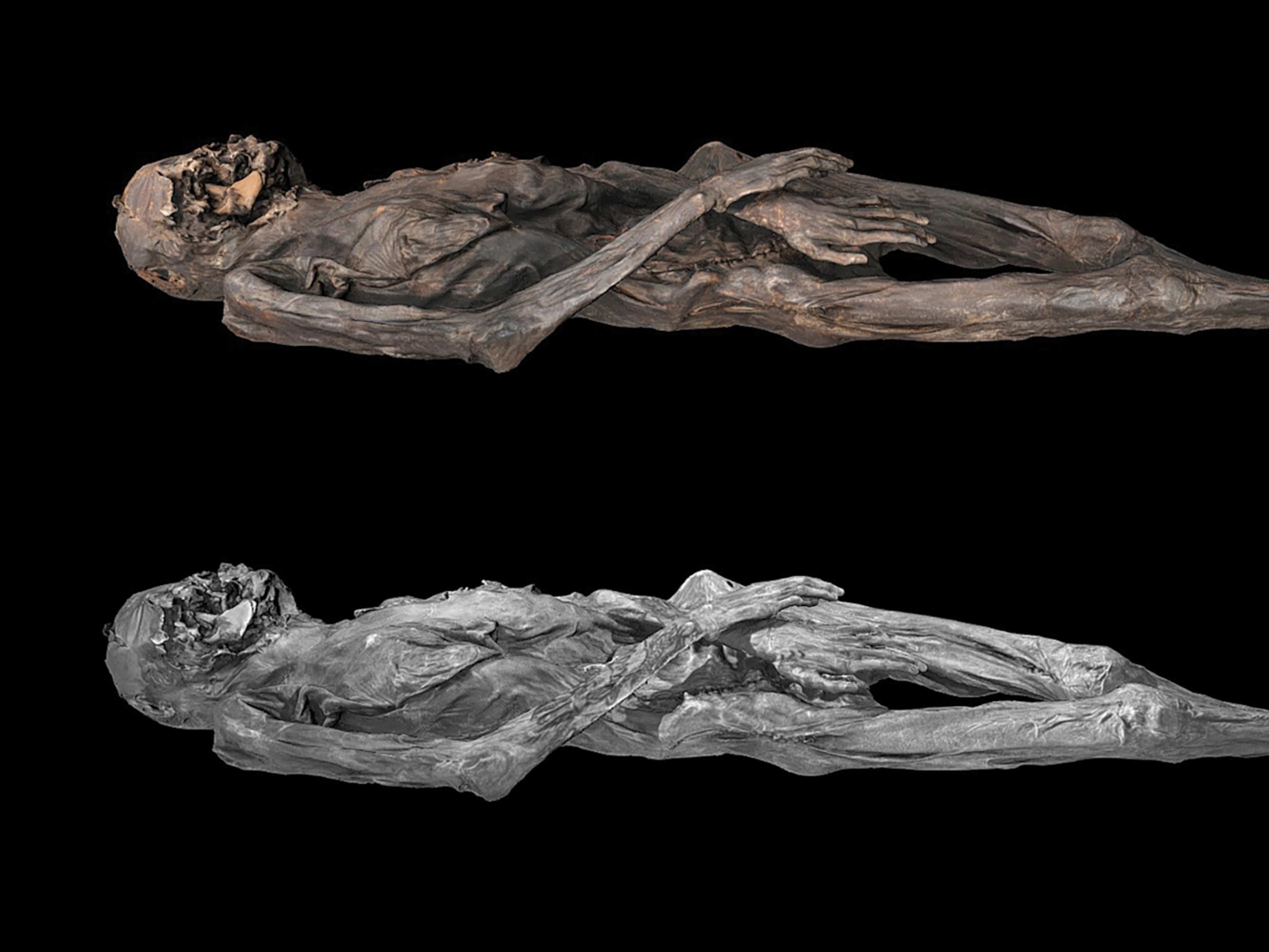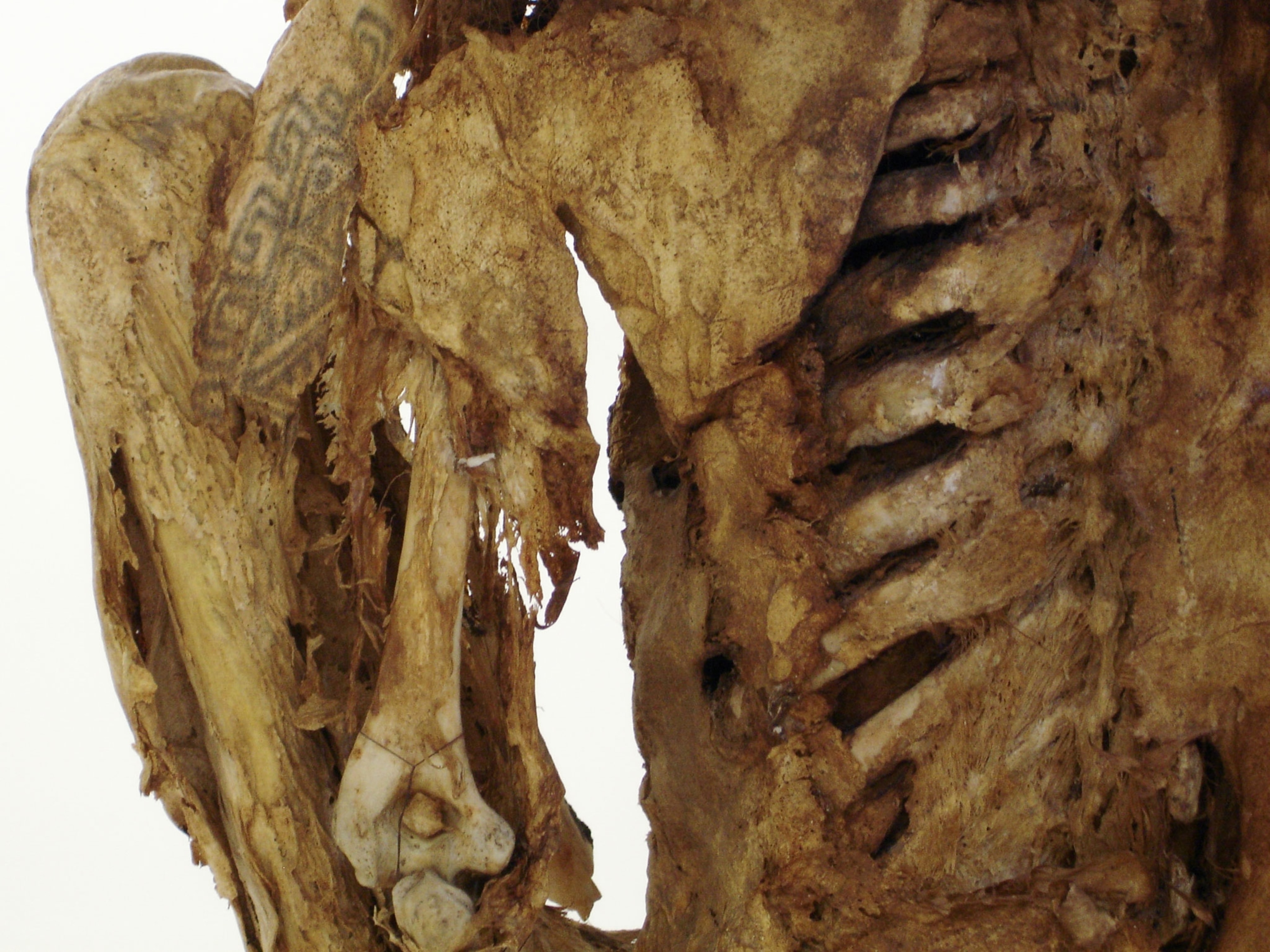
Wormlike Parasite Detected in Ancient Mummies
Schistosomiasis still plagues hundreds of millions today.
A tiny, wormlike parasite that plagues people worldwide also infected ancient Africans, new analyses of mummies reveal for the first time.
The waterborne creature, Schistosoma mansoni, hitches a ride in aquatic snail tissue before emerging into water, where it can bore into swimming or wading people, according to the U.S. Centers for Disease Control and Prevention. Inside the human body the worms can lay eggs, which escape the body via urine or feces. If the eggs land in water, the hatched worms may find their ways to a snail host, beginning the cycle anew.
The resulting disease, called schistosomiasis, is not generally lethal. But it can cause anemia, damage internal organs, impair growth and cognitive development in children, and lead to a general chronic weakening of its human hosts. (See a human-body interactive.)
"It keeps you from working as much or forces you to work twice as hard as someone who doesn't have the disease," said study co-author George Armelagos, an anthropologist at Emory University in Atlanta.
Today schistosomiasis affects an estimated 200 million people worldwide and thrives in regions that use irrigation channels for farming.
"Before this study, it was always assumed that S. mansoni was a product of modern urbanization," Armelagos said.
(See "Mummies With Lice Offer New Clues to Human Migration.")
First Proof of Ancient Schistosomiasis
Since the discovery of parasite eggs on mummies in the 1920s, scientists have suspected that the Nubians might have been infected by schistosomiasis. Nubia was a former African kingdom that existed from about A.D. 250 to 1400 in what is now northern Sudan. (Read about the black pharaohs in National Geographic magazine.)
But researchers generally assumed that the disease in Nubians had been caused by S. haematobium, a close cousin of S. mansoni that causes similar symptoms but that doesn't require irrigation channels to thrive.
"The snail that transmits S. haematobium thrives better in water that's moving and well oxygenated and that is not very polluted, whereas the S. mansoni snail does very well in water that’s been standing around and has more yuck in it," said study first author Amber Campbell Hibbs, who conducted the study while at Emory.
Campbell Hibbs and colleagues examined hundreds of naturally mummified Nubian mummies.
"What happened is they were buried, and it's so dry that you usually get mummification of the external skin, and sometimes some of the organs."
An analysis of the mummified skin revealed traces of proteins belonging to S. mansoni—the first proof that the ancient Nubians, or any ancient civilization, were afflicted by schistosomiasis.
(Also see "Are Humans Furless to Thwart Parasites?")
Parasite Afflicted Farmers the Most
S. mansoni infection appeared to be most prevalent in a group of Nubians known as the Wadi Halfa, who farmed along the Nile about 1,500 years ago using irrigation-channel techniques. (See pictures of black pharaohs of Nubia.)
The study found that up to a quarter of Wadi Halfa people had schistosomiasis.
The findings also run counter to previous theories that ancient Nubian farmers weren't sophisticated enough to make irrigation channels that could spread the disease, Campbell Hibbs added.
"That's something we don't really give them credit for," she said.
The traditional view "is that they were these primitive people who were at the mercy of the world around them."
The research will be detailed in the June in the American Journal of Physical Anthropology.





